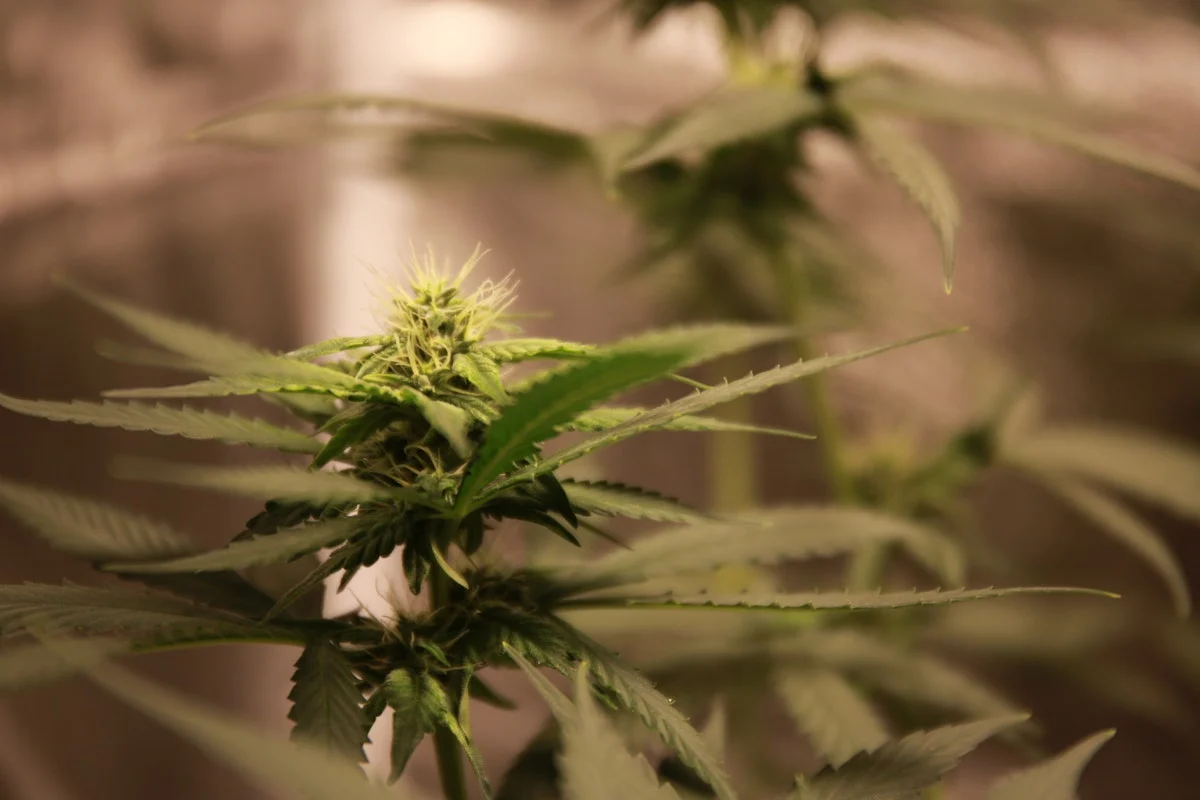Recent research has identified Louisiana as the best state in the United States for marijuana cultivation. With a score of 64.81 out of 100, Louisiana excels in environmental conditions and legal frameworks that favor cannabis growth. The state ranks fifth in terms of legality, experiencing only a 19% humidity deviation from the ideal level of 55%. Louisiana also boasts 248 frost-free days annually, placing it fourth in the nation for the number of frost-free days, which is crucial for plant growth.
Furthermore, Louisiana’s climate is characterized by stable temperatures that are conducive to cannabis cultivation. The state receives the highest annual rainfall, averaging 60.7 inches, which supports robust plant development.
Following Louisiana, Connecticut secures the second position with a score of 60.89. The state is noted for its affordable land prices, ranking fifth among the cheapest states for land acquisition. Additionally, Connecticut has low CO₂ emissions, placing it second per 100,000 square kilometers, which further benefits its agricultural environment.
West Virginia comes in third with a score of 60.58. It is recognized for having the best air quality in the nation and is also among the top ten states with affordable land costs, making it an attractive option for cannabis cultivation.
New Jersey ranks fourth with a score of 59.71, while Alabama, with a score of 58.68, is just above the bottom of the list. Alabama’s warm climate and ample rainfall contribute positively to its cultivation potential.
Robert Hising, co-founder of Green Unicorn Farms, highlighted the importance of maintaining ideal temperatures, humidity, and light for successful cannabis growth. He noted that various states face significant challenges, such as extreme weather conditions and legal restrictions, that hinder cultivation effectiveness. For instance, Nevada’s climate presents arid conditions unfavorable for cannabis farming, while North Dakota is impacted by harsh winter temperatures.
Farmers entering the cannabis industry must consider local climate conditions, legal environments, and agricultural best practices to optimize their cultivation efforts.




